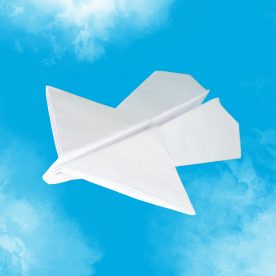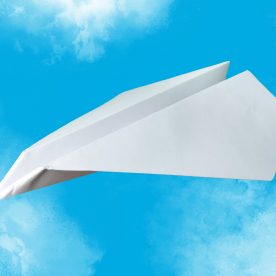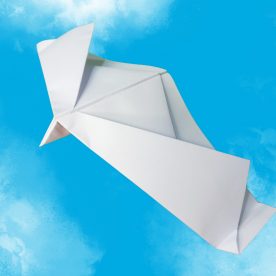Paper Airplanes and Science Experiments – Fun and Educational Activities For Your Kids
Whether you’re looking for some fun and educational activities for your kids, or you’re a parent who wants to do something more hands-on for your child, paper airplanes and science experiments can be a wonderful way to get your kids engaged in some great learning. In fact, there are so many fun and interesting paper airplanes and science experiments to choose from, that you’re sure to find something that will keep your kids busy and entertained!
Pre-activity assessment
Creating a paper airplane is a classic STEM/STEAM activity. It is also a good way to demonstrate basic folding techniques. Whether you are doing this in the classroom or as a school project, make sure you have plenty of time to work on it.
To get started, gather your students for a pre-activity assessment discussion. Have them list the most important and the most significant factors that will affect the flight of their paper airplanes. This can include the color of the paper, the shape, the thickness, the type, and the design.
The best place to fly a paper airplane is outside, preferably on a dry day. The ideal place to test it would be in a large open area such as a school gym or backyard.
Aerodynamics
Whether you’re conducting a science experiment or just need to collect data, paper airplanes are a great way to do so. They’re inexpensive, accessible, and easily manipulated. They’re a great STEM project for teachers to use in classroom science lessons.
Using paper airplanes in a science experiment can help students understand the four forces that control the flight of an aircraft. The forces that affect the airplane’s flight are lift, thrust, drag, and gravity. By changing one of these forces, you can dramatically change the plane’s flight.
During the design phase, students will choose a dependent variable. Then they will design a fair method to test their hypothesis. They will use this information to create a line graph of individual airplane trials. They will also compare their results with those of their classmates.
Forces that get a paper airplane to fly
Whether you are making paper airplanes for fun or you are learning about aerodynamics, it is important to understand the forces that get a paper airplane to fly. These are thrust, lift, drag, and gravity. Understanding how these work will help you learn how to make your paper airplanes fly better.
In the beginning, the thrust of the plane will push the paper airplane forward through the air. However, this will only happen at the initial toss. After the initial throw, there is no more thrust. The plane will fly for a short distance, but it cannot keep going. This is because the force that pulls it down is called gravity.
The lift of the plane comes from air flowing around it. In addition, the wings of the airplane give it more lift. The amount of lift depends on the angle of flight.
Troubleshooting a paper airplane’s fold or flight
Whether you’re trying to fold a paper airplane or to fly it, you’ll need to use the correct techniques. The main forces involved are thrust, drag, and lift. All of these affect the plane’s flight. You can modify these forces to change the characteristics of your airplane.
Thrust is the force that propels the paper airplane forward. If you have a paper airplane that stalls, you can try adjusting the center of mass. You can also adjust the ailerons.
Ailerons are small flaps that can be attached to the wings of your paper airplane. These flaps will help it roll and turn.
You can also add weight to the nose of the plane with tape or a paper clip. This will help it balance out and fly longer.
Science ideas inspired by children’s books
Using children’s books to explore science can help your child develop a love of science. These books introduce your children to scientific concepts in an entertaining way.
The Lego Science Book is a wonderful book for little scientists who enjoy tinkering with machines. This colorful book is filled with details about building different types of machines. The book includes all the supplies you need to make a working machine.
This wonderful book is a great tool to help your child learn about the scientific method. In addition, the book is filled with fun questions that ask kids to think about the philosophy of life. It also encourages visual discrimination. The illustrations are gorgeous.
Another book by Jon Scieszka is What Makes a Baby. This book covers everything from the process of growth to how babies are born. The author also discusses the environmental impact of human actions.










